Indoor Air Quality Detection During Covid19 Pandemic (iaqd)
About the project
IAQD technology is based on the Internet of Things (IoT) integrated with smart sensors able to collect data for monitoring every day in the hospital and schoolroom.
Project info
Items used in this project
Hardware components
Story
Story
Carbon dioxide (CO2) is a byproduct of combustion, as well as a result of the metabolic process in living organisms. Because carbon dioxide is a result of human metabolism, concentrations within a building often are used to indicate whether adequate fresh air is being supplied to the space. Moderate to high levels of carbon dioxide can cause headaches and fatigue, and higher concentrations can produce nausea, dizziness, and vomiting. Loss of consciousness can occur at extremely high concentrations. At room temperature, carbon dioxide is a colorless, odorless, faintly acidic-tasting, non-flammable gas. Carbon dioxide is a byproduct of normal cell function and is removed from the body via the lungs in the exhaled air. Carbon dioxide is also produced when fossil fuels are burned (https://ohsonline.com/articles/2016/04/01/carbon-dioxide-detection-and-indoor-air-quality-control.aspx).
The main way indoor carbon dioxide affects our health is through our brains. As carbon dioxide levels in a room increase, the gas starts crowding out the oxygen. Carbon dioxide is considered a simple asphyxiant because it reduces the amount of oxygen we absorb from each breath. If indoor carbon dioxide levels get too high (around 40,000 ppm), your life may be in danger.
At levels we are more likely to experience (1000-5000 ppm), the health effects are more subtle. Around 1000 ppm, a very common indoor level, you will start to experience fatigue, sleepiness, and may struggle to concentrate. You may also find it uncomfortable to sleep, and the air will feel stuffy. With prolonged exposure and increases in concentration, you may develop a headache and feel physically uncomfortable.
Volatile organic compounds (VOCs) are gases that are given off by many indoor sources. Concentrations of most volatile organic compounds are higher in indoor air than outdoor air. VOCs include a variety of chemicals that can cause eye, nose and throat irritation, shortness of breath, headaches, fatigue, nausea, dizziness and skin problems. Higher concentrations may cause irritation of the lungs, as well as damage to the liver, kidney, or central nervous system. Long-term exposure may also cause damage to the liver, kidneys or central nervous system (https://www.healthlinkbc.ca/healthlinkbc-files/air-quality-VOCs).
Solution
WHO revealed that Covid-19 is transmitted through droplets, aka splashes of saliva from people infected by the coronavirus when they cough or sneeze. The droplet that was sprayed by a large Covid-19 sufferer was 0.125 micrometers in diameter, so it was not light enough to stay long and far in the air. The farthest, the throw is about one or two meters. The particles will float briefly before finally falling to the surface of objects around the patient. There is no evidence that airborne transmission can occur in the natural environment. That is why washing hands is the main suggestion for the prevention of contracting Covid-19. On the other hand, in medical procedures at hospitals that produce aerosols, airborne transmission is possible. The explanation is simple. Head of the WHO Emerging Disease and Zoonosis Unit Dr. Maria Van Kerkhove said, due to medical procedures, the coronavirus droplet particles can become aerosols, which are fine particles that can last long in the air. IAQD records and collects temperature, humidity, carbon dioxide concentration and a total volatile organic compound to monitor room in real-time.
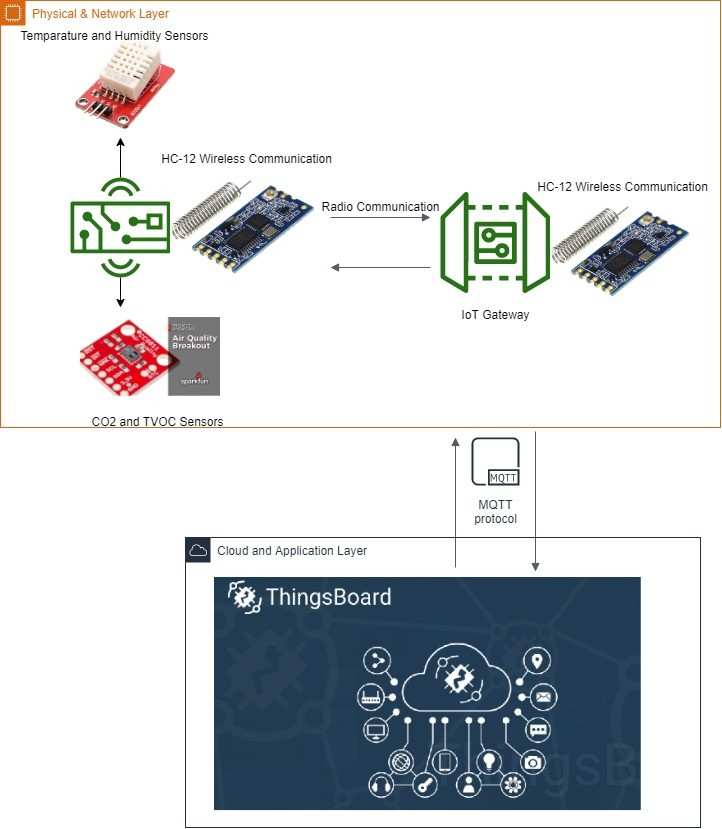
Then the data could be the basis for further treatment and/or practices to improve sterilization in the cleanroom. IAQD technology is based on the Internet of Things (IoT) integrated with smart sensors able to collect data for monitoring every day in the hospital and schoolroom. The duration of monitoring could be set as well as the monitoring results are also directly connected and actually recorded on the cloud database. IoT technology updates information on carbon dioxide and volatile organic compounds in real-time. The core of technology in this project is now applying sensors through IoT to monitor physical quantities affect the air quality, what is the relationship between environmental condition inside the room like working space, hospital room, and school.
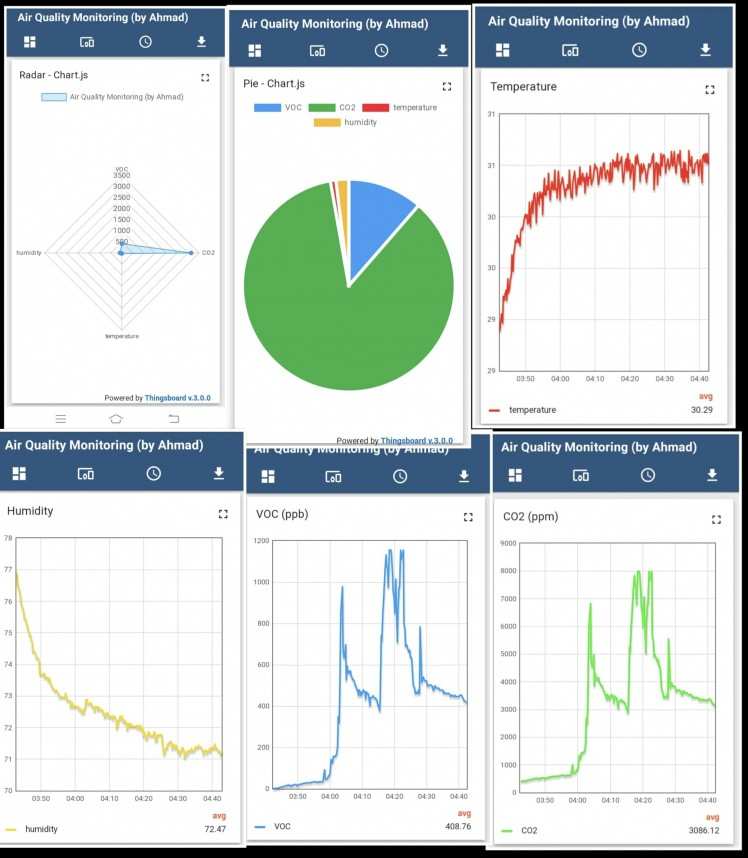
A network sensor system consisting of Arduino Nano and ESP8266 Wemos as the gateway and as internet connectivity is used to measure carbon dioxide, total volatile organic compound, temperature, and humidity sensor module inside the room to make sure sterilization. Data transmission used in a communication protocol is Message Queuing Telemetry Transport (MQTT) in which sensors are connected to a gateway programmed using arduino IDE programming. By using the MQTT protocol, communication between the microcontroller, gateway and mobile apps or computers can be made wirelessly. Data of measurement consist of 4 sensor pieces connected to the IoT module microcontroller called network sensors, Node-RED, Google cloud, local database using influxdb, visualization, and computational modeling. Then the data could be sent to the cloud service and stored in the local database. Sensor data stored on the database can be used for the visualization process in real-time. To do computational modeling, sensor data can be accessed on the database.


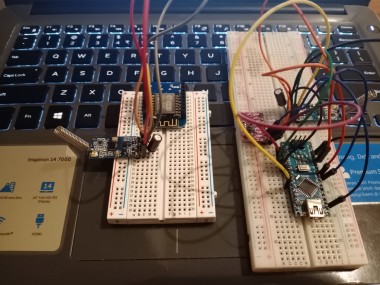

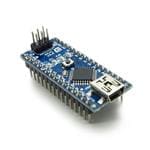

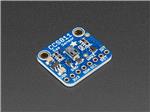

















Leave your feedback...